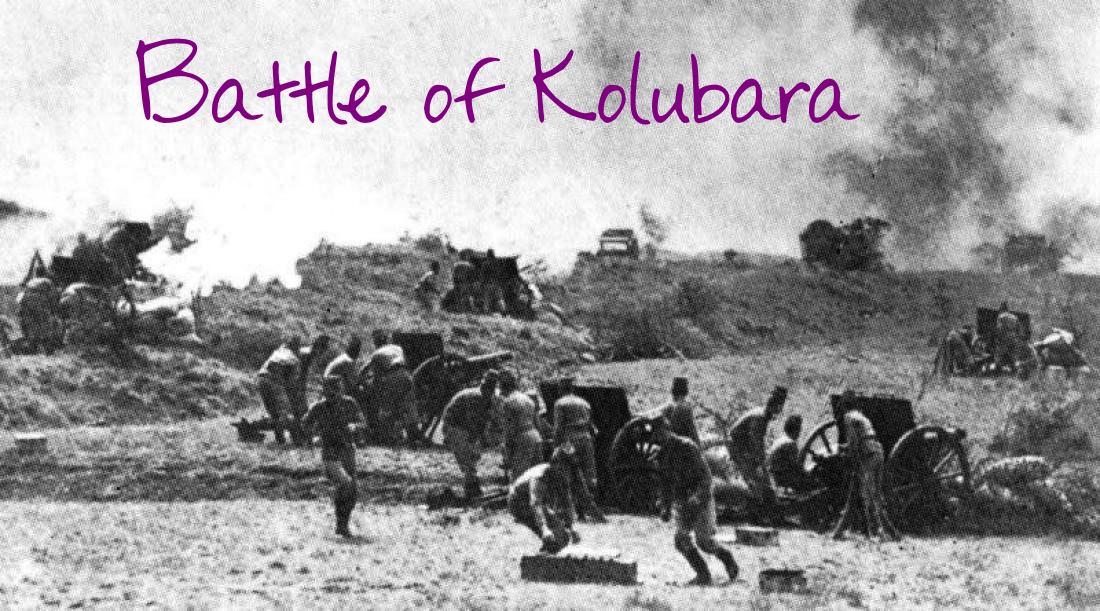Battle of Kolubara
Battle of Kolubara On November 16, 1914 the Austro-Hungarian armies reached the Kolubara River, under the command of Oskar Potiorek. Thus, the Battle of Kolubara.… Read More »Battle of Kolubara
Battle of Kolubara On November 16, 1914 the Austro-Hungarian armies reached the Kolubara River, under the command of Oskar Potiorek. Thus, the Battle of Kolubara.… Read More »Battle of Kolubara
